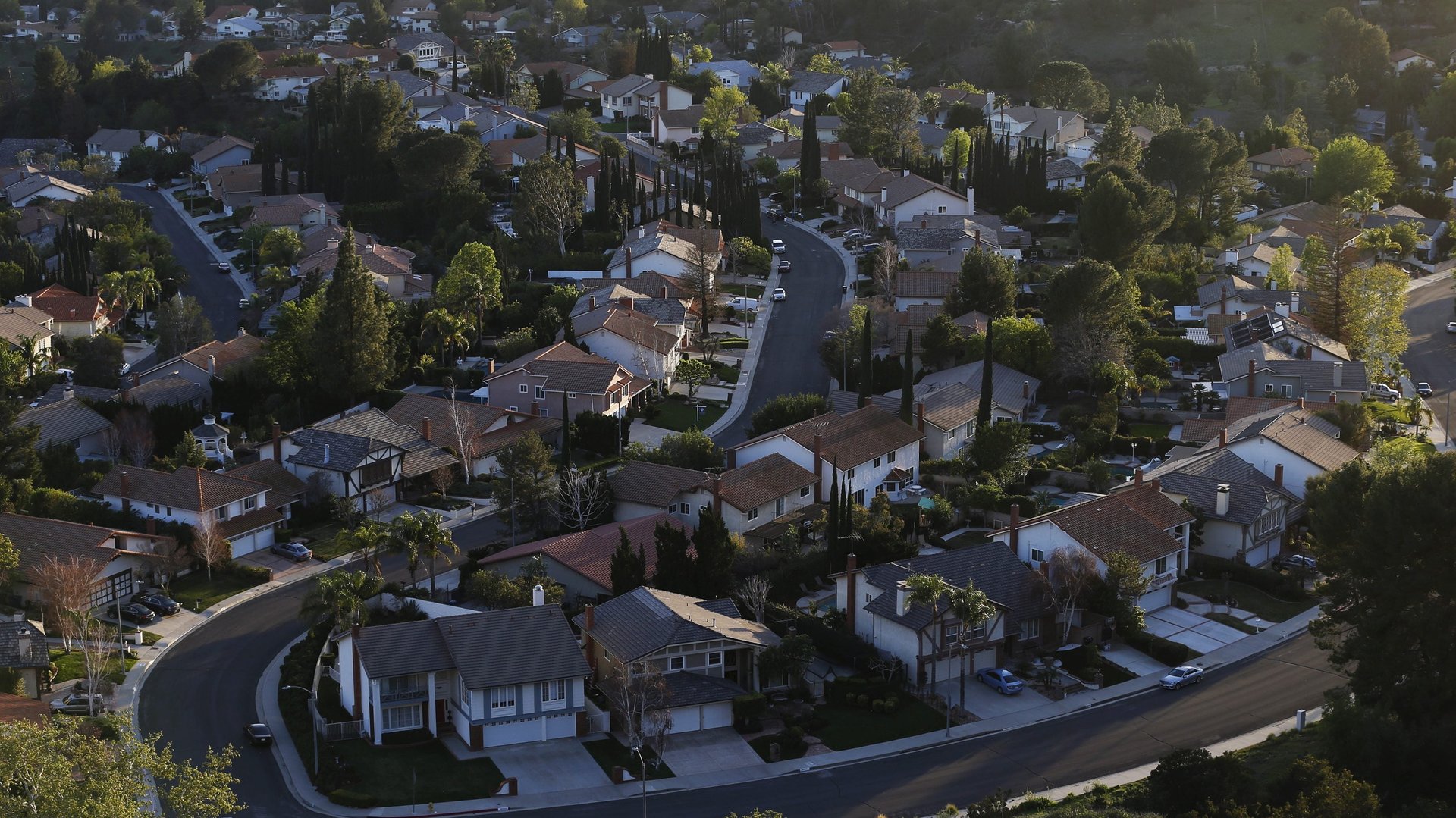Where in the US are homes most affordable?
It’s never been more expensive to buy a home in the US. Last December, the median home sale price for existing homes hit a record $364,300, up nearly 20% from a year prior. There’s no sign of prices, or sales, slowing down much as an explosion of demand, including many first-time buyers, crashes into a market with few homes available for sale.


It’s never been more expensive to buy a home in the US. Last December, the median home sale price for existing homes hit a record $364,300, up nearly 20% from a year prior. There’s no sign of prices, or sales, slowing down much as an explosion of demand, including many first-time buyers, crashes into a market with few homes available for sale.
Yet there are still cities where homeownership is within reach for a majority of families. Overwhelmingly, these places are in the Midwest, according to data from the National Association of Home Builders and Wells Fargo. Their Housing Opportunity Index tracks housing affordability in 237 metro areas across the US. It’s a measure of how many homes sold in a local market could be purchased by a family earning the local medium income, based on typical mortgage underwriting requirements.
Moving to Michigan
The most affordable large metros are largely scattered among states like Michigan, Ohio, and Pennsylvania. The Midwest and Mid-Atlantic, particularly around mid-sized cities, have remained bastions of affordability in a national sea of high-priced homes and condos. Lansing, Michigan topped the list for affordability: a median-income family in the region could purchase 91% of homes on the market last quarter based on typical lending requirements.
At the other end of the spectrum is California. Of the ten least affordable US cities, nine were in California. The most populous US state has faced a critical housing shortage for at least 30 years (pdf). In 2020, the state saw its first population decline on record, at least in part due to the difficulty of finding affordable housing, a reality reflected in the affordability rankings showing only a fraction of local families can afford to buy a home.
How affordability has changed over time
Home affordability has been on the decline across the US, even before the changes in the housing market spurred by the pandemic. Nationwide, the US housing opportunity index has fallen to 54%, meaning that just over half of all homes sold last quarter are affordable for families earning the median US income of $54,200. That’s down from 79% in the first quarter of 2012. Home prices across the US went up sharply in the past year due to increased demand during the pandemic, a low supply of existing homes, and increased costs of building materials for new homes.
The most affordable cities aren’t always those with the cheapest homes. It’s where median family incomes align with home prices. For example, the median home sale price in Lansing was $155,000 and the median average income was $79,000 annually. By contrast, families in the least-affordable city, Los Angeles, earn $80,000 per year, while median home prices in the metro area are $801,000. Only 7.5% of homes sold in LA in late 2021 would be accessible to the median family.
But an affordability crisis that took years to emerge will likely take even longer to resolve. The US is slowly climbing out of a housing deficit of up to 3.8 million units according to one estimate from federal mortgage company Freddie Mac created by years of low construction and local zoning laws preventing higher housing density. The Biden administration has promised to create 100,000 units of affordable housing over the next three years, while some cities (and the entire state of California) have started to change zoning laws to allow for more new construction. But these will take years, perhaps decades, to substantially increase the supply of housing.
The lack of affordable homes also affects renters, especially in the most expensive cities. Those who can’t afford homes are forced into the rental market, driving up demand and prices. Only 42% of Millennials, now at prime home-buying age, own a home, compared to 48% of Gen X and 51% of Baby Boomers. At the same time, real wages for middle-class Americans haven’t kept up with inflation for decades, leaving fewer families able to save enough to buy a home.
While there are still pockets of affordability in places like Lansing, homeownership is out of reach for many Americans in the near future.